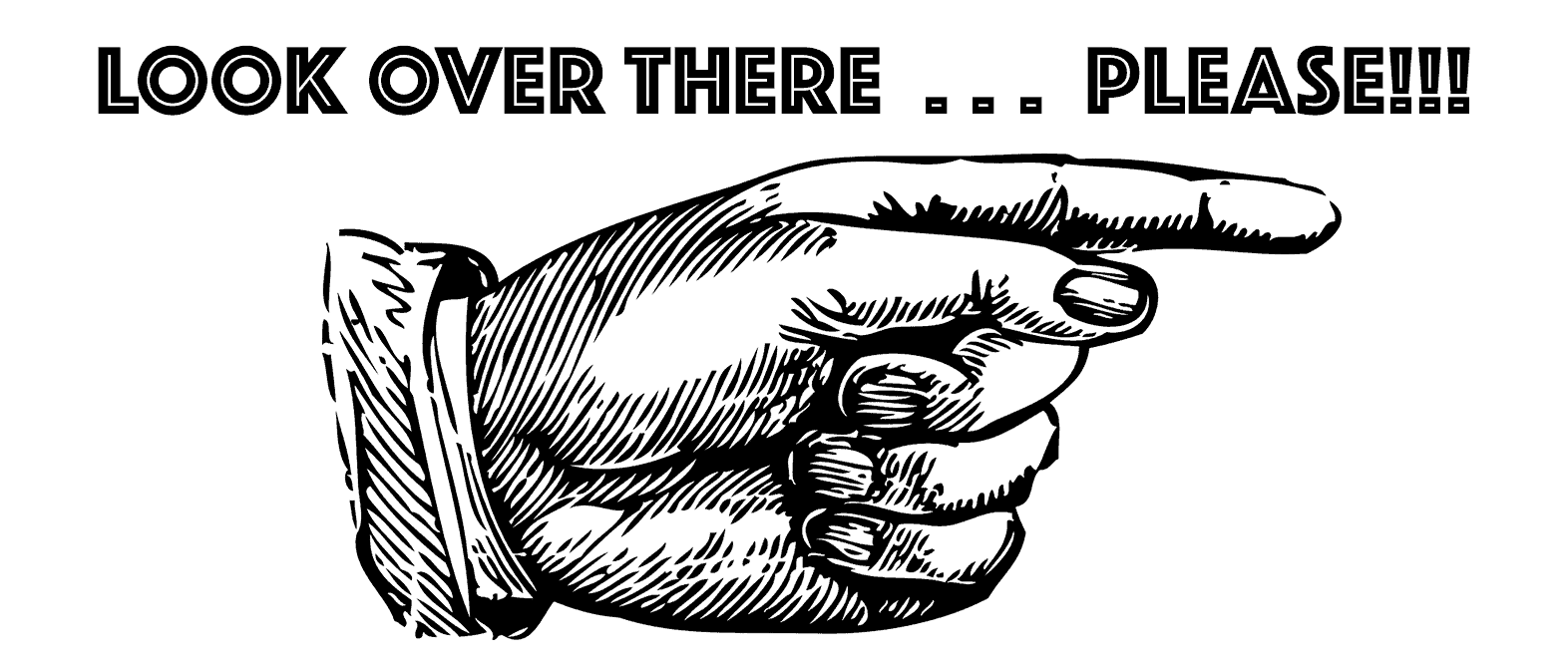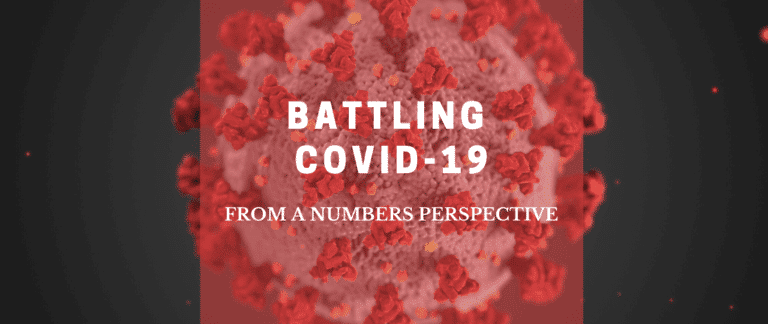Selective Attention: How Does a Mentalist Do It?
IMPORTANT: WATCH THE VIDEO BELOW BEFORE YOU GO ANY FURTHER
Did you watch it? If not, don’t cheat yourself out of the experience. If you have, read on!
You may have seen this before, but if you haven’t, you probably didn’t notice the gorilla. What gorilla, you ask? Go back and watch the video again, this time ignoring the team in white passing the ball, and focusing solely on spotting the actor dressed up as a gorilla.
Why didn’t you notice it before? Our brain is incredible at tuning out distractions and focusing only on the information that it needs. We are like an FM radio that is capable of tuning into a specific frequency when we apply interest and focus. By the way, this is similar to what happens when we purchase a new car. Have you ever noticed that when you drive away in a new vehicle, they seem to become ubiquitous, seemingly out of thin air? It isn’t that there are more of the cars on the road, it’s just that we are more apt to notice them.
You can try an experiment yourself. Next time you are taking a walk (or even now in the office), go ahead and select any color to focus your attention on. If you scan the room, you’ll notice that these colors appear brighter and tend to “pop.” When you shift your mind to another color, you’ll find that the new objects of your attention take center stage.
This has major ramifications for us in our business and personal lives, especially since most of us are terrible at multitasking (despite the stories we tell ourselves). It means that when we focus on one thing, we are effectively tuning out the other data around us. This leads to errors when details are focused on at the expense of the overall project. The famous example of NASA failing to convert metric to statute measurements is a great example. We need to keep in mind that focusing intently with one part of our brain essentially dulls the messages from other regions, which means that we need to make sure that our work is checked by others who may have different focuses.
As a mentalist, I use the same principles of “misdirection” that magicians use. But misdirection is actually a bit of a misnomer. Asking people to divert their attention from something often has an equal and opposite effect. Like Newton’s 3rd law, when we push against our audiences, they will push back with equal force. If I ask you “not to think of a white polar bear,” the first image that pops into your mind is exactly that. So my job isn’t to direct you AWAY from something, but rather to direct you TO something that is more interesting. If I can get you to focus on something that is seemingly more interesting, I know that selective attention will automatically move your thoughts away from what I’m really doing.
Please leave your questions and comments below! Next month, I’ll be talking about cognitive tunnels, which are directly related to selective attention.
Kevin Viner
I’m a professional mentalist who travels the world performing. Beyond my profession, my interests include writing music, guitar, aviation, martial arts, and mathematics.





Hey Kevin….great video and explanation…..Life here at Indiana Univ. is busy and fruitful. I start my new film, a big war picture next week. Maybe i’ll see you during Xmas or at least by next summer. Glad to see Jessica’s new CD is out. – Larry